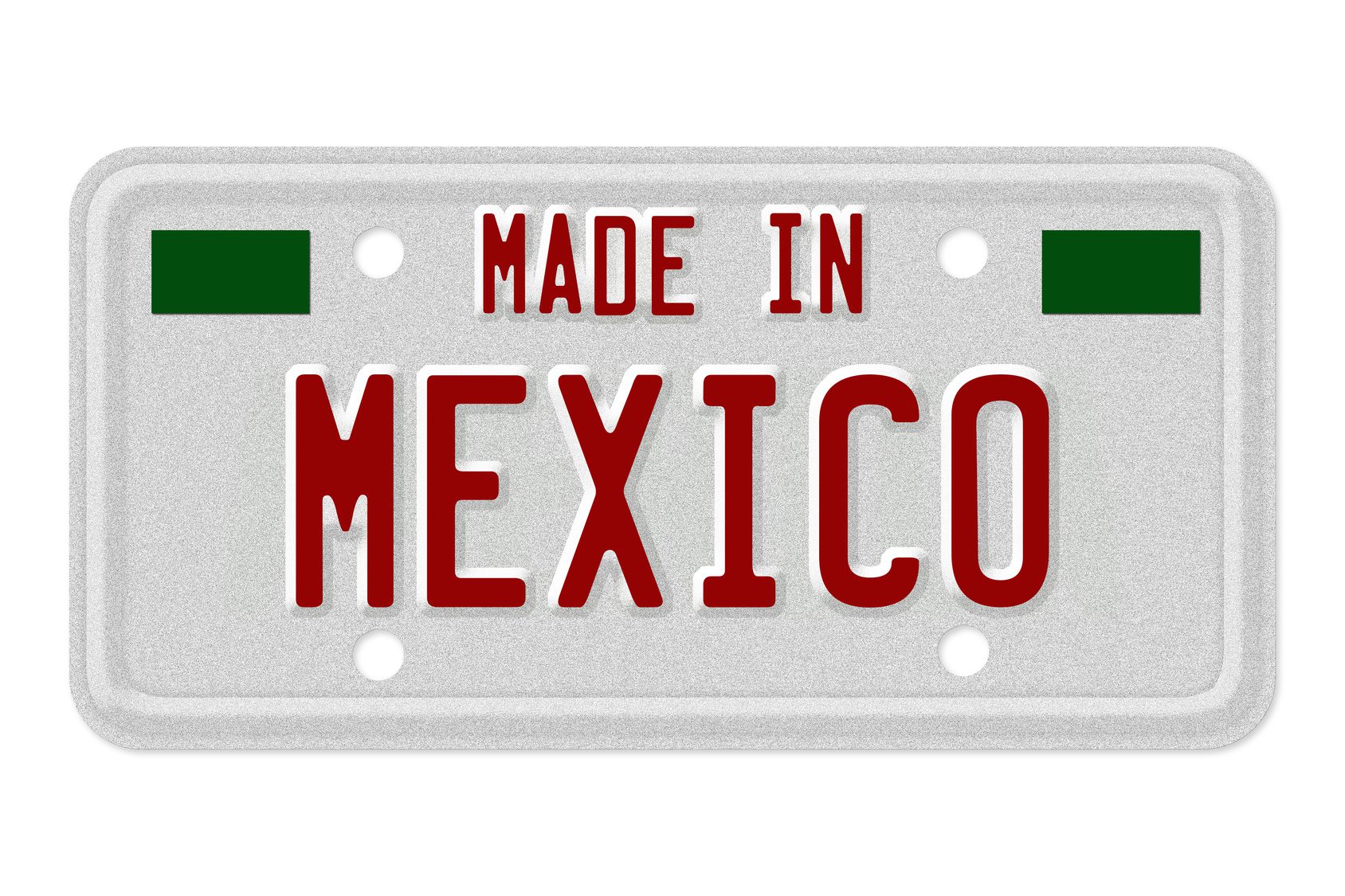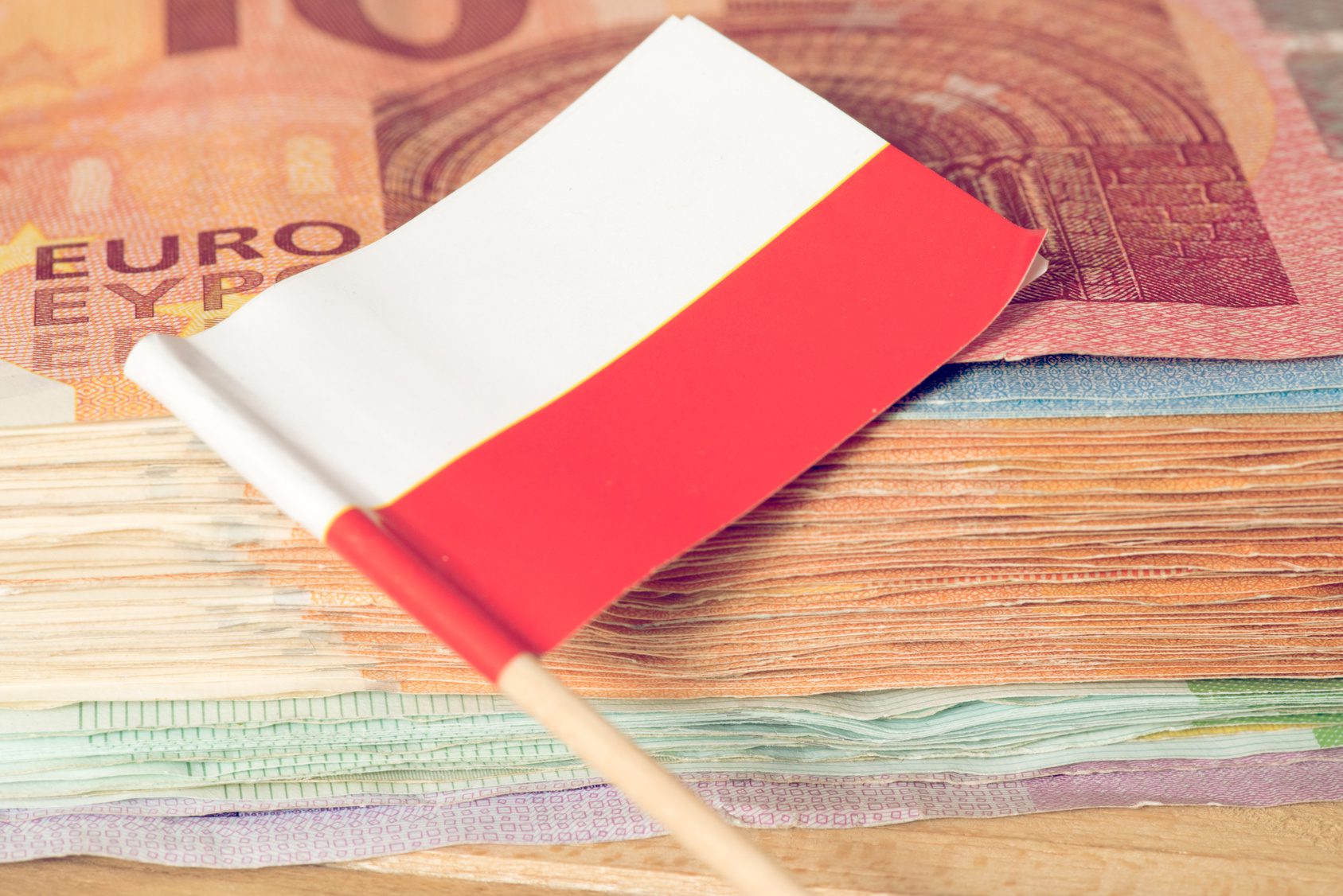As the first of our five part automotive market assessment of the MIST countries – Mexico, Indonesia, South Korea and Turkey, we discuss the strengths and weaknesses of Mexico as an emerging automotive hub, and the underlying potential in this strategically located gateway to both North and South America.
Emergence of Mexico as a major automotive production hub is the result of a series of events and transformations over the past decade. The most important of which is the growing trend among automotive OEMs and auto part producers to have production bases in emerging economies. And the earthquake in Japan in 2011 tilted the tide in favour of Mexico just as ‘near-shoring’ was already becoming a key automotive strategy in 2011.
Automotive production in Mexico increased by 80% from 1.5 million in 1999 to 2.7 million units per year in 2011, largely thanks to a significant boost in investment in the sector.
Between 2005 and 2011, cumulative foreign direct investment (FDI) in the automotive sector amounted to USD10.3 billion. In the last year, several automotive OEMs have initiated large scale projects in Mexico; some of these projects include
-
Nissan – building a USD2 billion plant in Aguascalientes; this was the single largest investment in the country in 2012 and should help secure the country’s position as the eighth largest car manufacturer and sixth largest car exporter in the world
-
Ford – investing USD1.3 billion in a new stamping and assembly plant in Hermosillo, New Mexico
-
Honda – investing USD800 million in a new production plant in Celaya, Guanajuato
-
GM – investing USD420 million at plants in Guanajuato and San Luis Potosi
-
Daimler Trucks – investing USD300 million in a new plant to manufacture new heavy trucks’ transmissions
-
Audi – has decided to set-up its first production facility across the Atlantic in Mexico; with planned investment outlay of about USD2 billion, this move by Audi represents a significant show of trust by one of the world’s leading premium car brands
-
Mazda – building a USD500 million plant in Guanajuato; it has reached an agreement to build a Toyota-branded sub-compact car at this facility and will supply Toyota with 50,000 units of the vehicle annually once production begins in mid-2015
Bolstered by this new wave of investment, Mexico’s vehicle production capacity is expected to rise to 3.83 million units by 2017, at an impressive CAGR of 6% during 2011-2017.
Why is Mexico attracting such large levels of investment from global automotive OEMs? Which factors have positively influenced these decisions and what concerns other OEMs have in investing in this North American country?
So, What Makes Mexico A Favourable Destination?
-
Trade Agreements – Mexico has Free Trade Agreements (FTAs) with about 44 countries that provide preferential access to markets across three continents, covering North America and parts of South America and Europe. Mexico has more FTAs than the US. The FTA with the EU, for instance, saves Mexico a 10% tariff that’s applied to US-built vehicles, thereby providing OEMs with an incentive to shift production from the US to Mexico.
-
Geographic Access – Mexico provides easy geographical access to the US and Latin American markets, thereby providing savings through reduced inventory as well as lower transportation and logistics costs. This is evident from the fact that auto exports grew by 12% in the first ten months of 2012 to a record 1.98 million units; the US accounted for 63% of these exports, while Latin America and Europe accounted for 16% and 9%, respectively (Source – Mexican Automobile Industry Association).
-
Established Manufacturing Hub – 19 of the world’s major manufacturing companies, such as Siemens, GE, Samsung, LG and Whirlpool, have assembly plants in Mexico; additionally, over 300 major Tier-1 global suppliers have presence in the country, with a well-structured value chain organized in dynamic and competitive clusters.
The Challenges
-
Heavy Dependence on USA – While it is good that Mexico has established strong relations with American OEMs, it cannot ignore the fact that with more than 60% share of its exports, the country is heavily dependent on the US. The country needs to grow its export markets to other countries and geographies to hedge against a downturn in the American economy. For instance, during the downturn in the US economy in 2008 and 2009, due to decline in sales in the US, automotive production in Mexico declined by 20% from 2.17 million in 2008 to 1.56 million in 2009. Mexico has trade agreements with 44 countries (more than the USA and double that of China) and it needs to leverage these better to promote itself as an attractive export platform for automotives.
-
Regional Politics – Mexico is walking a tight rope when it comes to protecting the interests of OEMs producing vehicles in the country. In 2011, Mexican automotive exports caused widespread damage to the automotive industries in Brazil and Argentina and in a bid to save their domestic markets, both the countries briefly banned Mexican auto imports altogether in 2012. Although, later in the year, Mexico thrashed out a deal that restricts automotive imports (without tariffs) to its two South American neighbours rather than completely banning them, it does not augur well for the future prospects of automotive production in Mexico. One of the reasons automotive OEMs were expanding their capacity in the country was to be able to cater to the important markets in Latin America, particularly Brazil and Argentina. Now the Mexican government has the challenge of trying to keep everyone happy – its neighbours, the automotive OEMs and most importantly its own people for whom it might mean loss of jobs and income.
-
Stringent Regulatory Environment – The Mexican government, the Mexican Auto Industry Association and International Automotive OEMs are locked in a tussle over the government’s attempts to implement fuel efficiency rules to curb carbon emissions. Mexico has an ambitious target of cutting greenhouse gas emissions by 30% by 2020, and 50% by 2050. The regulations are similar to the ones being implemented in the USA and Canada, however, the association has complained that the proposal is stricter than the US version. Toyota went as far as filing a legal appeal against the government protesting the proposed fuel economy standard. Although the government eased the regulations to appease the automotive OEMs in January 2013, the controversy highlights resistance by the country’s manufacturing sector to the low-carbon regulations the government has been trying to introduce over the past few years. Such issues send out wrong signals to potential investors.
So, does Mexico provide an attractive platform for automotive OEMs? From the spate of investments in the country so far, it seems so – over the past few years, the country has finally begun to fulfil that potential and is now a key driver in the ‘spreading production across emerging economies’ strategy of companies looking to make it big in the global automotive market. However, there are still a few concerns that need to be addressed in order for Mexico to become ‘the’ automotive manufacturing hub in the Americas.
———————————————————————————————————————
In our next discussion, we will assess the opportunities and challenges faced by both established and emerging automotive OEMs in Indonesia. Does Indonesia continue to be one of the key emerging markets of interest for automotive OEMs or do the challenges outweigh the opportunities?







